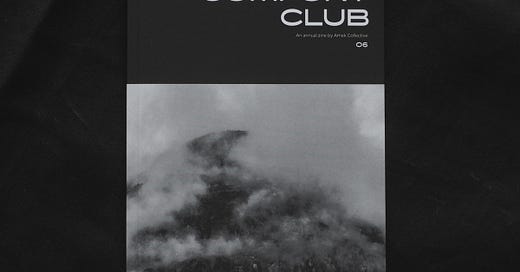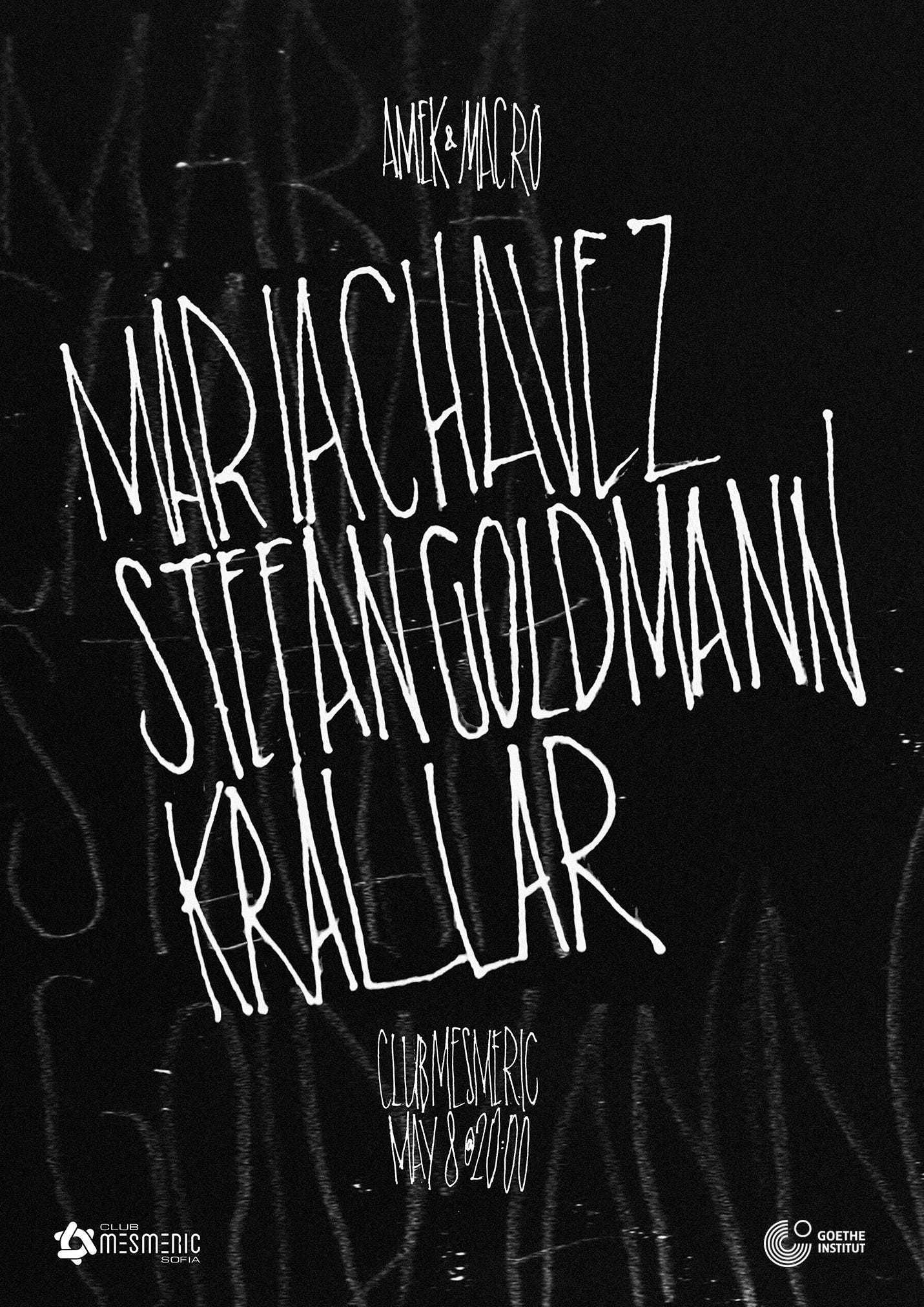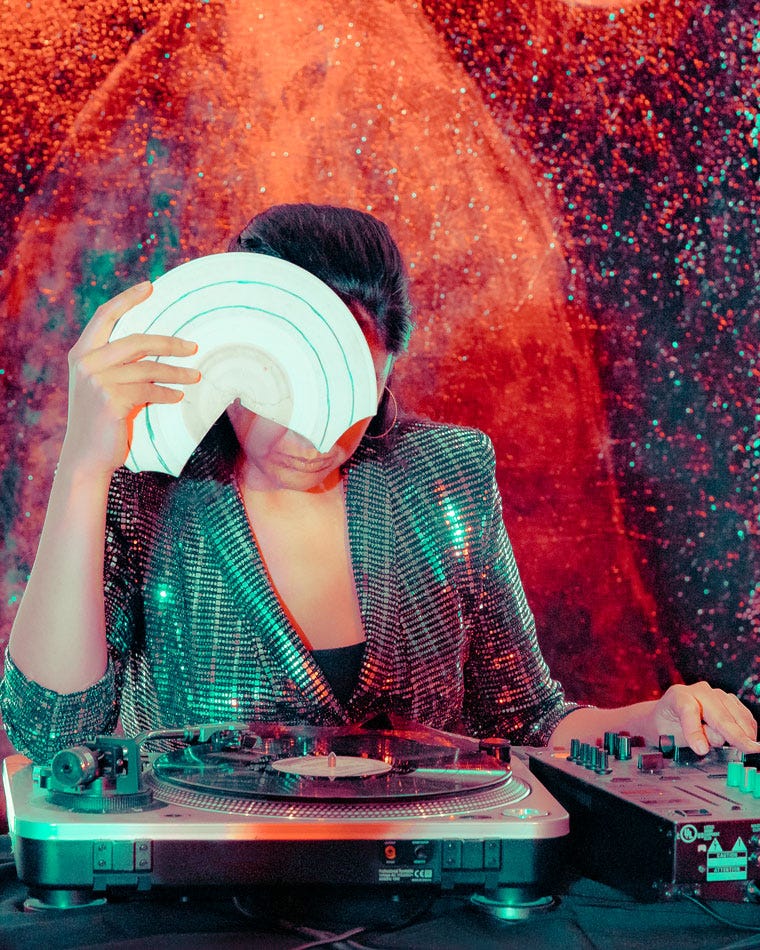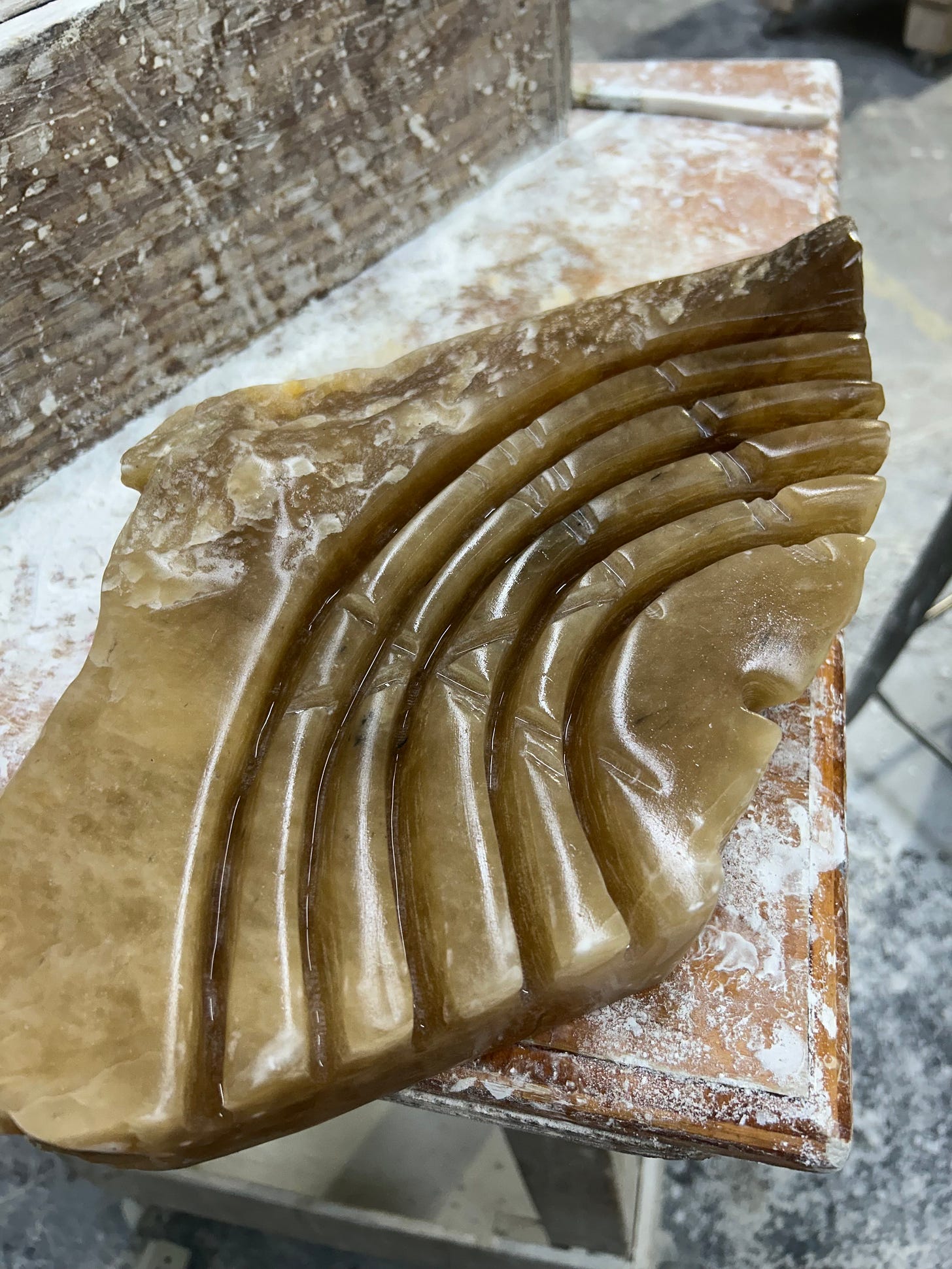Amek nl_34: Comfort Club #6
A new issue of our annual zine, an upcoming event, and an interview with Maria Chávez
We return with a new issue of Comfort Club and some news about the first Maria Chávez performance in Sofia alongside Stefan Goldmann and krāllār.
Comfort Club #6
In the past six years, Comfort Club has grown into a constantly shifting annual testament of the work we do as Amek and that of the artists we respect. This year, the focus of the zine is less on archiving what we’ve done in 2024, but on our friends. The issue contains interviews with Ekin Fil, Moss Harvest, Skeleton Dust Records, and Slow Slow Loris, pieces by the late Oliver Stummer (1974-2024) and Polina Penkova, and a photo essay by Eric Quach (thisquietarmy). As always, it is designed by Georgi Sharov.
Get your copy here.
Amek & Macro: Maria Chávez, Stefan Goldmann & krāllār at Club Mesmeric, 08/05
On May 8, Maria Chávez and Stefan Goldmann (read an interview with him in Bulgarian here) are playing at Club Mesmeric, Sofia as part of their mini Balkan tour. Before them, we will hear krāllār’s tape magic.
RSVP here.
An Interview with Maria Chávez
Maria Chаvez is an improviser, sound artist, writer, and curator born in Peru and currently based in New York. She comes to Sofia to present her unique and experimental approach to the turntable.
Do you remember an exact moment when you decided that vinyl and the record player would be your main means of musical expression? What is it about them that still sparks your interest?
When I look back, I can see the evolution in slow motion, but life moves so fast. It’s like if we were both to look at the Andromeda Galaxy at the same time, but you’re moving and I’m still. While we are looking at the same thing, for one of us, it is in motion, while for the other, it is not. For me, it took years to get to this moment in my life where people finally see the benefits of my experiments after twenty years of hate. But for you, it’s always been seen as important. The parallel of time is also part of the practice. But at its core, it challenges physics, with a device that exposes the fragility of technology so poetically. So, I saw it as soon as I saw a needle jump up and land again “perfectly” on the surface area of a record. But it took years for people to understand the value.
You started out as a house music DJ but moved to more experimental territories. What drove you to abstract music and sound? Was there a particular artist or experience, or was it just your own curiosity?
The white techno boys in Houston being mad and mean to me for being experimental. They pushed me out, but it moved me towards the safe space of David Dove and the Pauline Oliveros Foundation, where I met life-long friends and mentors and could expand on my practice instead of being silenced. All those dudes disappeared years ago. I’m the last “man” standing. I call myself the dark horse. You ignore me willfully, but that doesn’t mean I won’t exist.
You create and perform with vinyl records, a very physical medium created to document sound and music. Yet, your own music and sound works mainly exist in the live context or as site-specific installations, and are very rarely released as albums. How important is documenting your own ideas in this traditional way?
The attempt to be remembered is futile in an era of electricity. Once it’s gone what will you do? I know what I’ve done. I’ve carved that shit into stone.
You’ve previously shared that Pauline Oliveros was one of the most important figures in your formative years as an artist. What’s the most important thing you learned from her, either personally or from her work?
I learned that you survive history as a dark horse. not as one everyone can see… one moves in silence, but every gesture is vibrant… you wait before you reply… you accept instead of fight with intention… you accept that you may never be seen while you’re alive, but you know how your work will impact the world in the long term… it’s not about being the best, it’s about being the most aware of all possibilities in the face of new technologies… and not to be swayed by the need to be seen by time… stone is language… the Golden Record is floating through space and is literally a record for other species to find and learn about Earth - that’s literally a golden record, ART… Think bigger, technology doesn’t matter without electricity, c’mon y’all, wake up.
As you’ve shared on your website and in other interviews, around 2020 you had to undergo a brain surgery, which forced you to spend a lot of time in recovery with no shows, no commissioned projects. Did this experience change the way you perceive the world, your role in the art scene, or life in general?
Yep, I realized my practice was able-bodied and I wasn’t thinking about others that can’t hear or listen. Hence my pivot towards stone. Sonic Braille… you can touch the art… meet the Flintstones… topography of sound…
You recently performed again with The Turntable Trio, featuring you and fellow turntablists Victoria Shen and Mariam Rezaei. Judging by the recordings, your concerts are always special. How different is the approach of the three of you to the turntable and the vinyl, and is it difficult to make it all work together?
When I first asked the girls to join me in this idea, I wasn’t sure what to expect, but I trusted that their talent and experience would stand out regardless of my hopes. And if anything, it’s been life-changing. I adore these artists and their work. I knew as soon as we had a work space, just to hear each other in Glasgow for a few days before our debut, within the first minute, that there was nothing to do. It was so perfect. But for the sake of documenting, I participated. And what a gift to work with the best artists of your time as a trio, not to prove anything, but to just make the sound of freedom.
One of the first insights in your work was your 2012 book Of Technique: Chance Procedures on Turntable. After 9 pressings, it’s become a staple in not only abstract turntablism but improvised music as well. How has your practice evolved in these 13 years since you first published it?
Well, currently I’m the only turntablist performing in the whole world with a double needle that reads two parts of a record at the same time. I co-invented this double needle that can read two different sizes of records on the same device called the “Stacker.” Other than that, writing a book like that made me realize how little was documented about extended technique and implements. So, I’m lucky that I made history in that way. So, the new book will have a new section for the double needle. As an object, as a technique, as its theory. The book will only get deeper.
You still DJ dance music occasionally. What kind of club music still excites you? Maybe share some artists who are most often in your sets?
Someone asked me how I relax? And I’m most relaxed when I have control of the music. I can DJ in my sleep, ‘cause that’s all I’ve ever done since I was 15-16.
It’s also crazy how one song in one city in one country can make the audience go crazy, but when I play it in another place, they’re not so impressed. So, just like chance in my artwork, my likes in music will never be fully accepted the way I hope. But it lands and helps evolve my listening. Which is what Pauline Oliveros taught me. Everyone’s listening history is SO PRIVATE. And one we will never understand. A listening thumbprint it’s really so romantic… and I hate romance… but I love Pauline and her poetics…
Since you like reading
If you got this far into our newsletter, it’s a good moment to remind you we’re carrying a ton of various independent publications. We’ve a good selection of DIY zines such as Women of Noise, Untitled, Noise Receptor, and Personal Best. If you need something for your library, don’t hesitate do get in touch on our various social media or just drop us an email at amekcollective at gmail. Printed media must survive!









